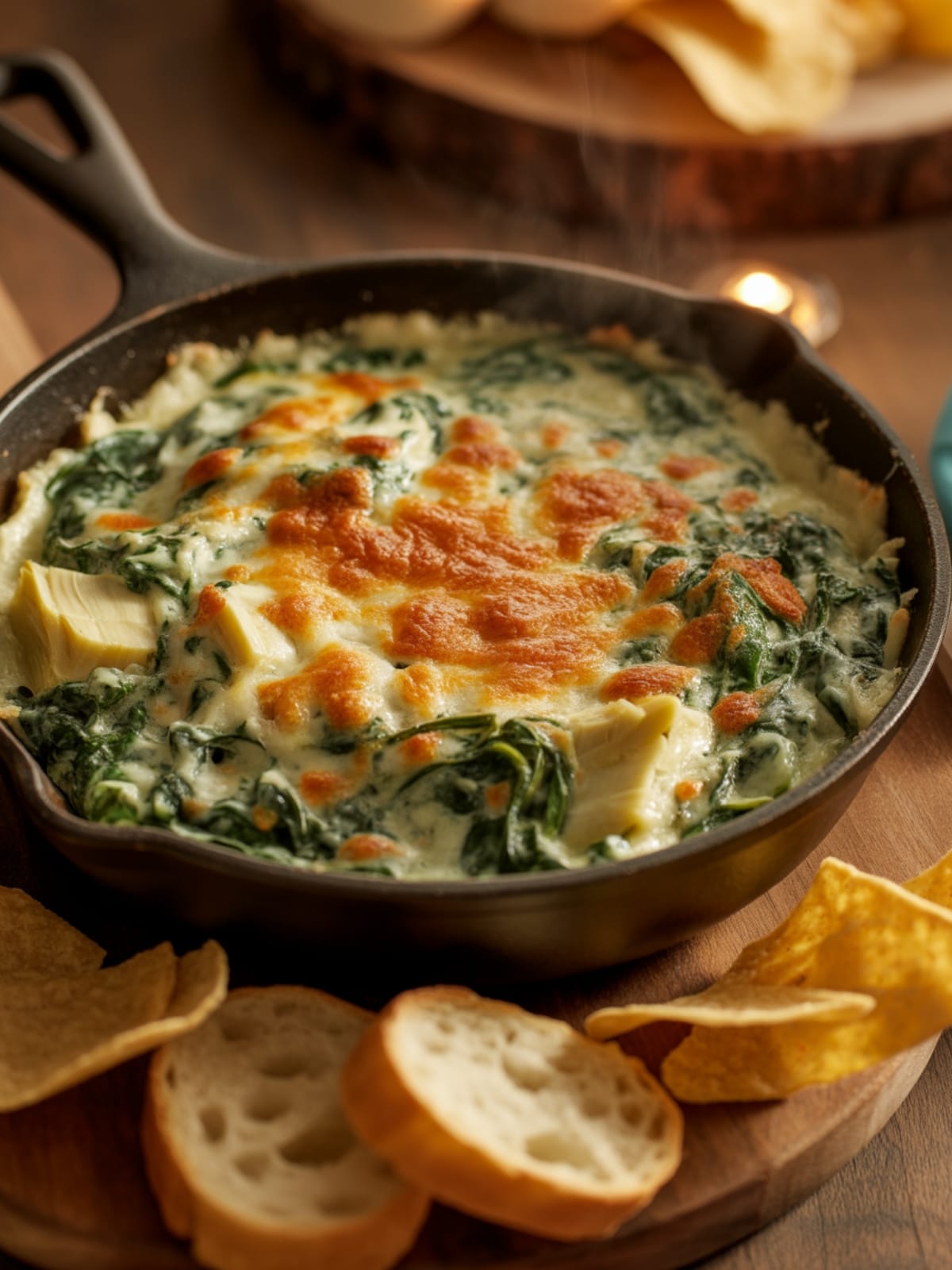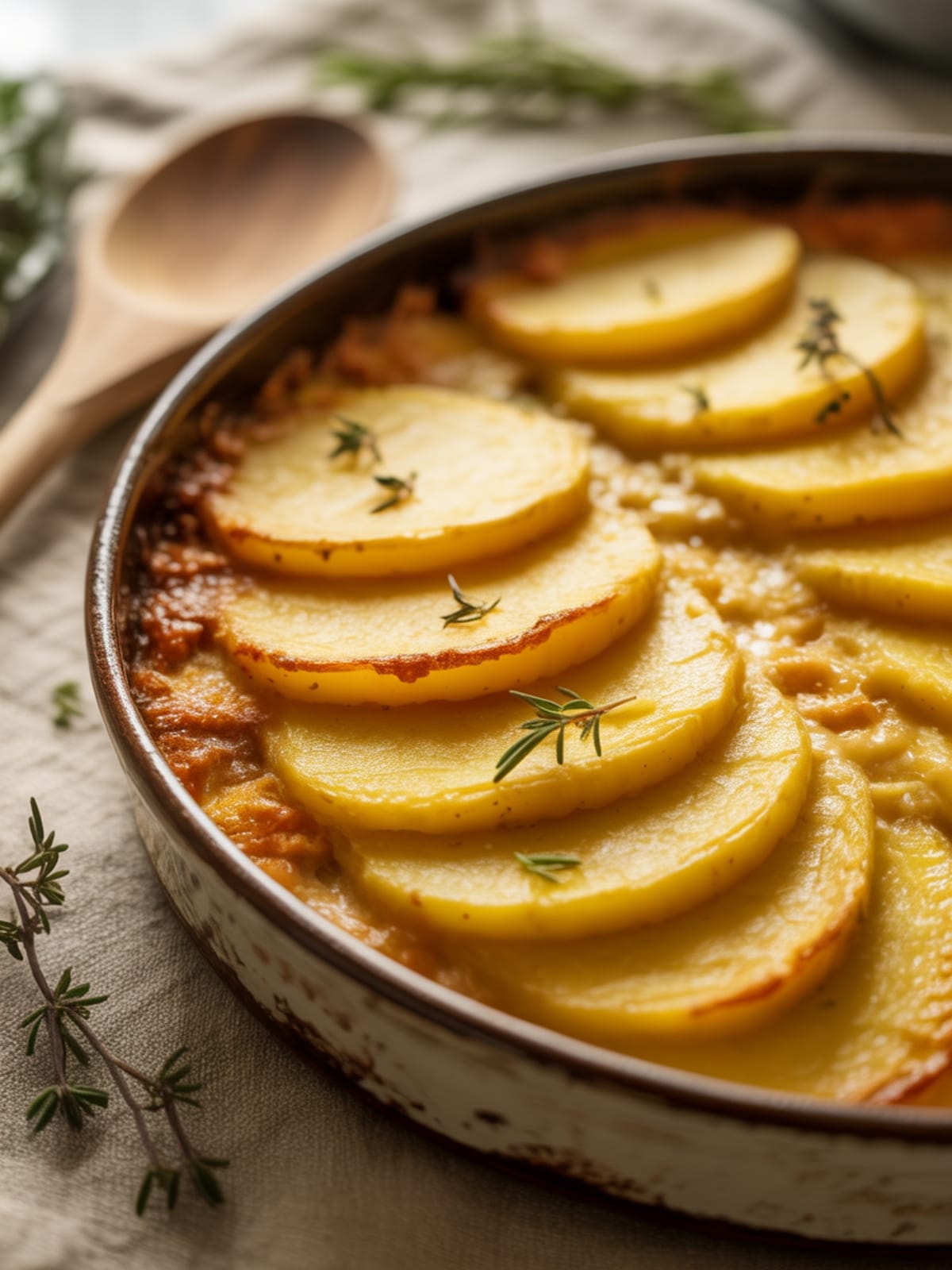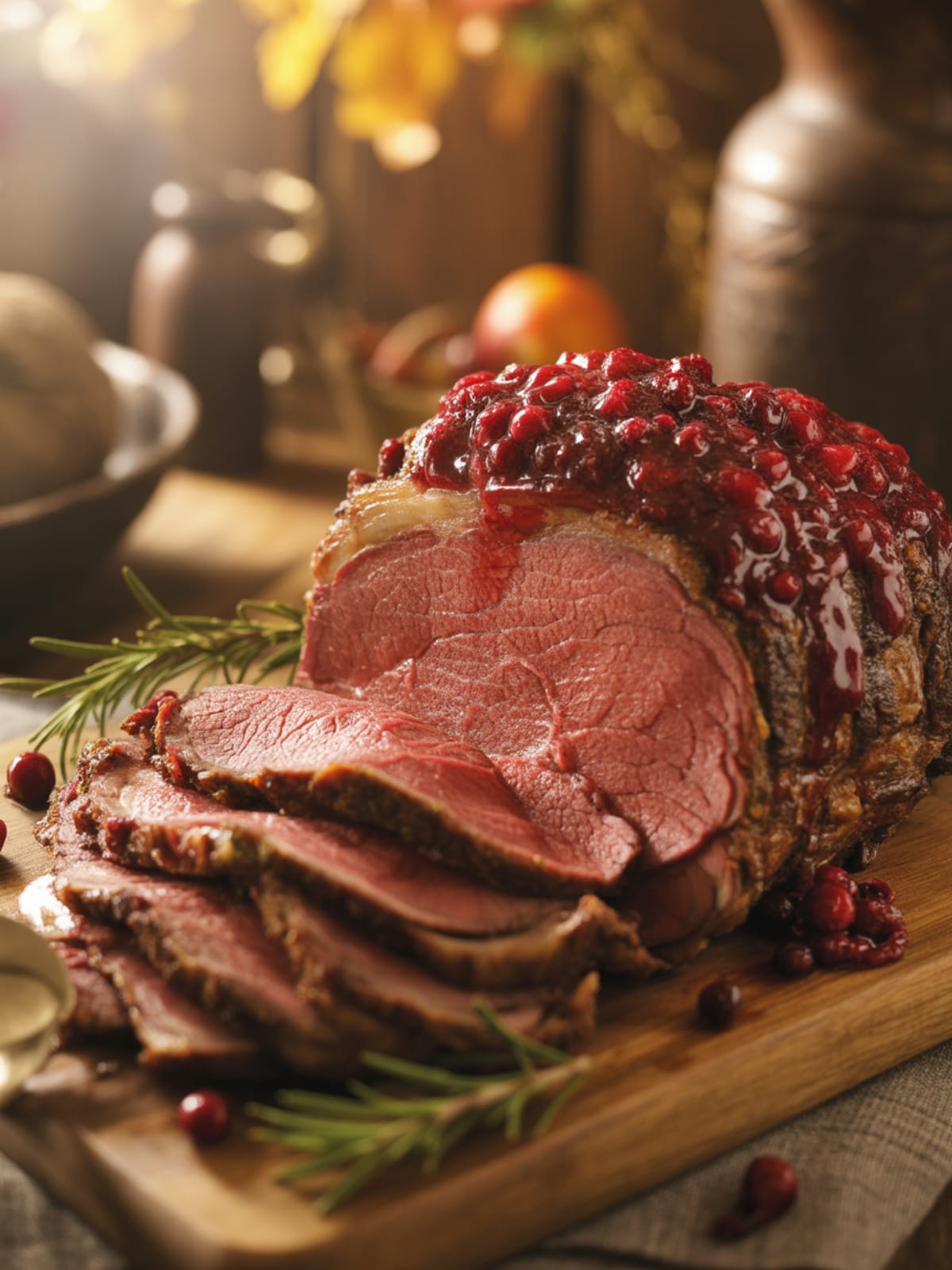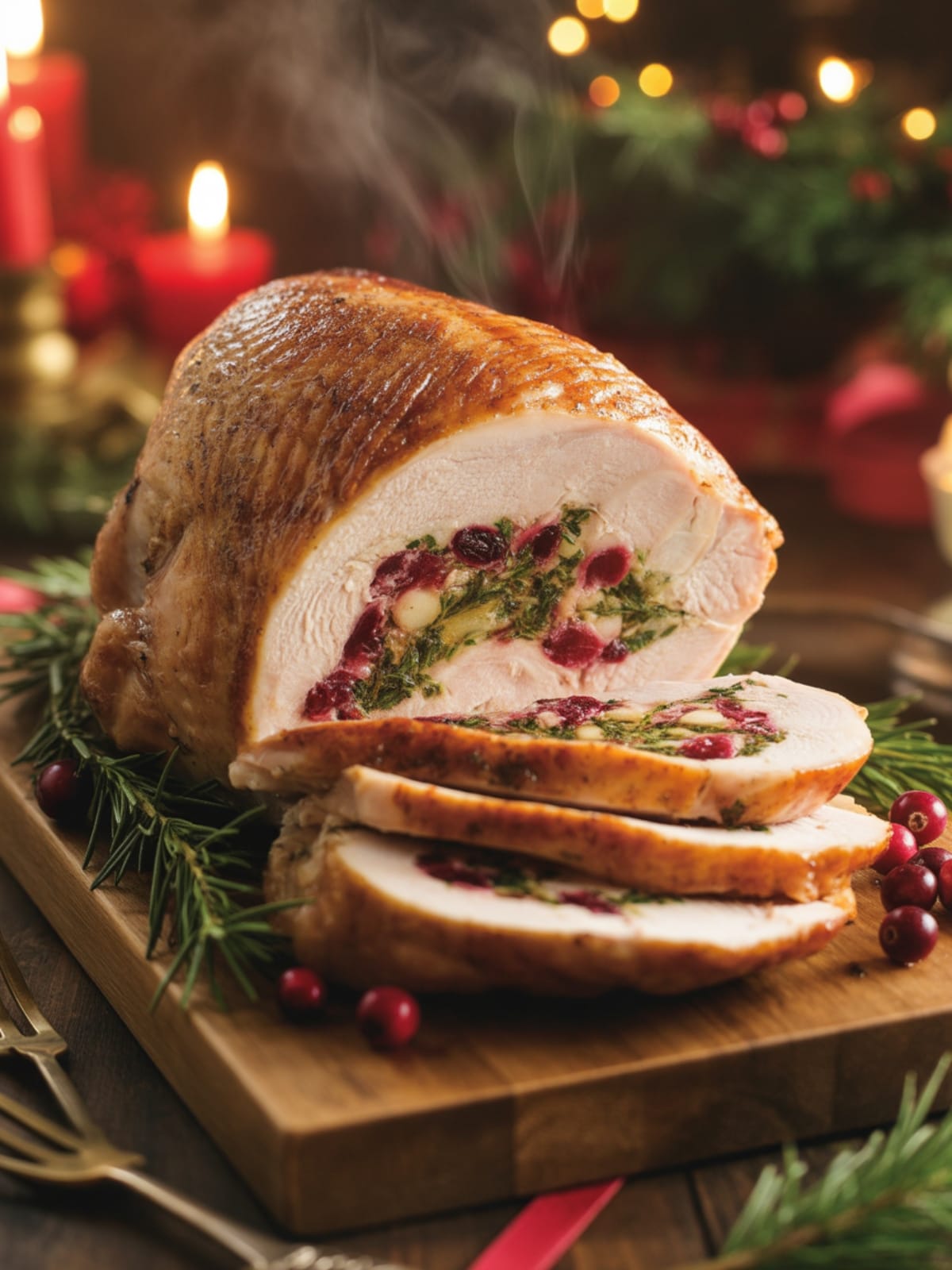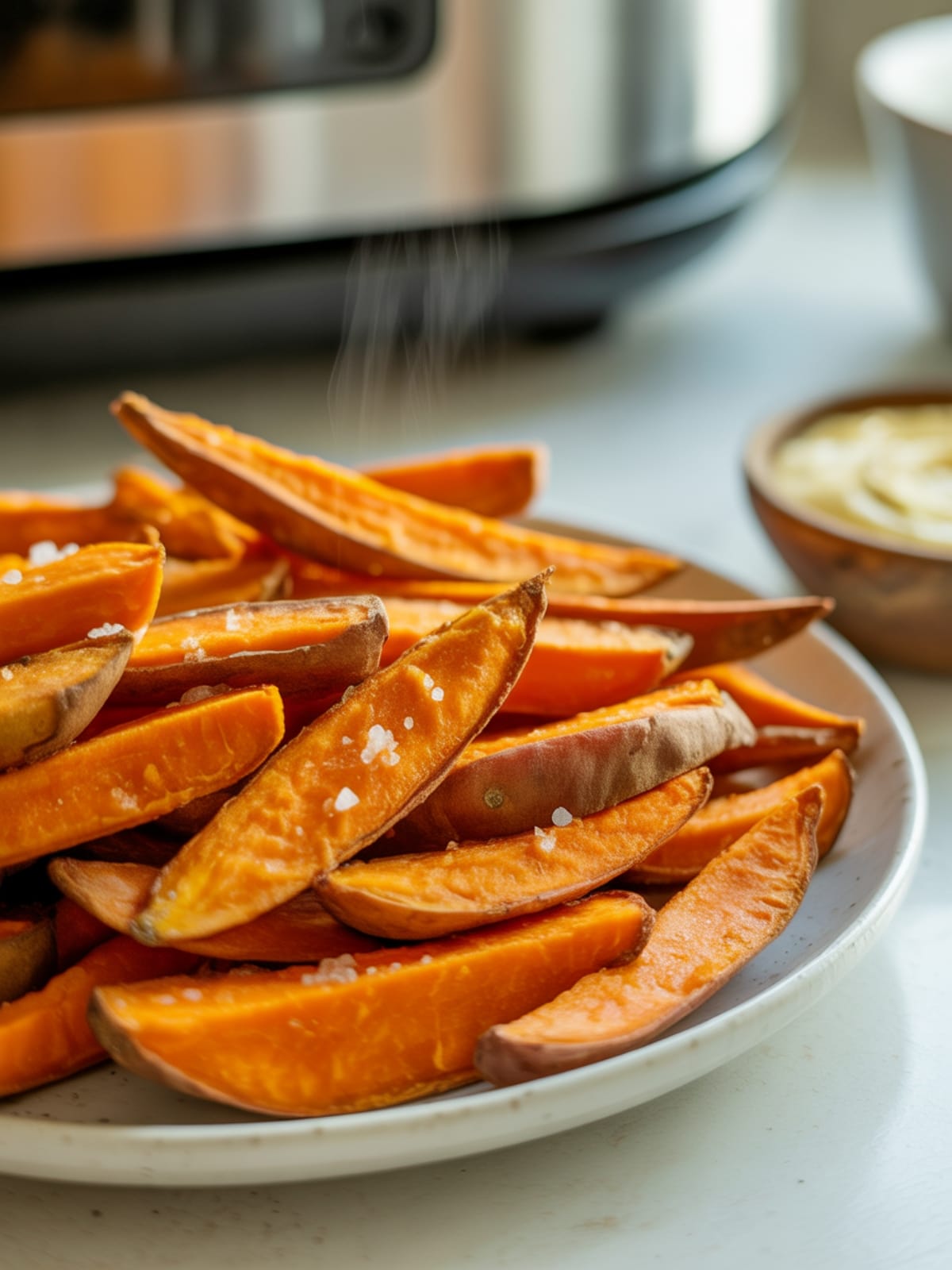Ever volunteered to bring something “healthy” to an Easter gathering, then panicked because you know the kids will ignore it in favor of chocolate bunnies? Well, put down that sad veggie tray—these Easter Egg Fruit Skewers are about to change the game. They’re colorful, festive, and most importantly, they’ll actually get eaten. Unlike that dusty bowl of carrots sitting untouched next to the deviled eggs.
Why This Recipe is Awesome
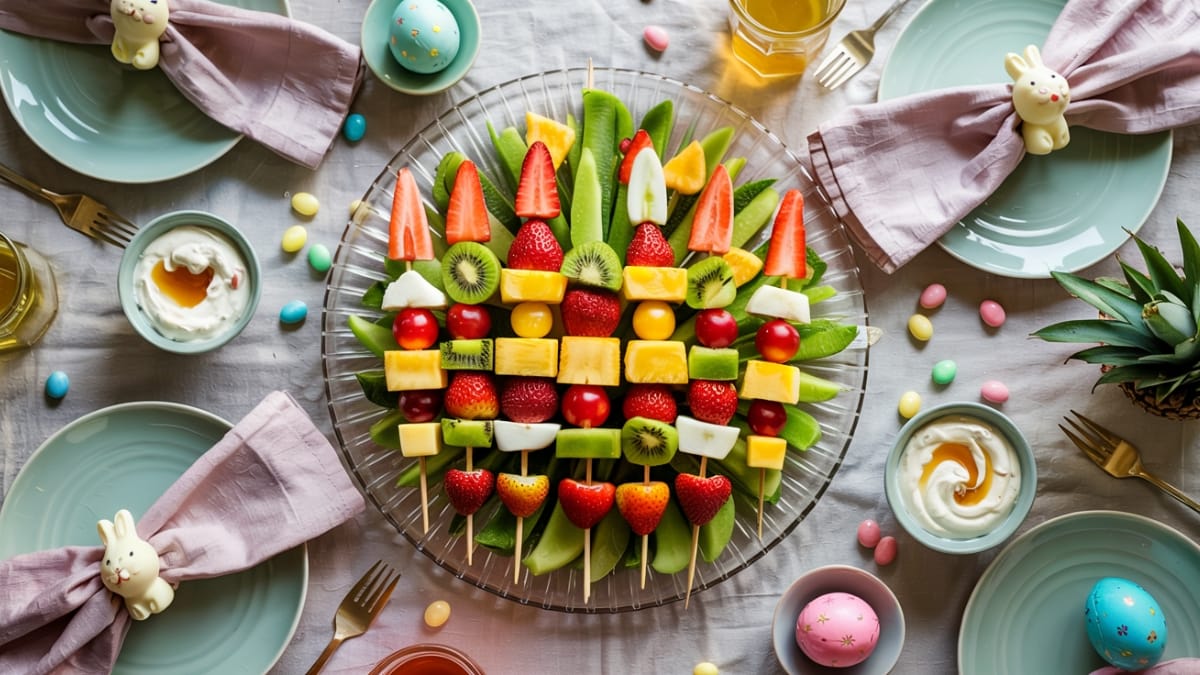
This isn’t just a recipe—it’s a sneaky strategy to get fresh fruit into holiday celebrations dominated by sugar and artificial coloring. These fruit skewers masquerading as Easter eggs are the perfect balance of healthy and festive.
The visual impact is immediate. Arranged on a platter, these colorful fruit skewers genuinely look like a basket of Easter eggs, but without any artificial dyes or hours of decorating. Mother Nature already did the color work for you—how thoughtful of her!
What I love most about this recipe is its flexibility. No strawberries? Use raspberries. Can’t find kiwi? Try green grapes. It’s basically foolproof, which is exactly what you need when you’re already juggling a million other holiday preparations.
Plus, they’re portable, require zero cooking skills, and can be made ahead of time. Perfect for those of us who want to contribute something impressive to the Easter spread without actually having to, you know, cook anything.
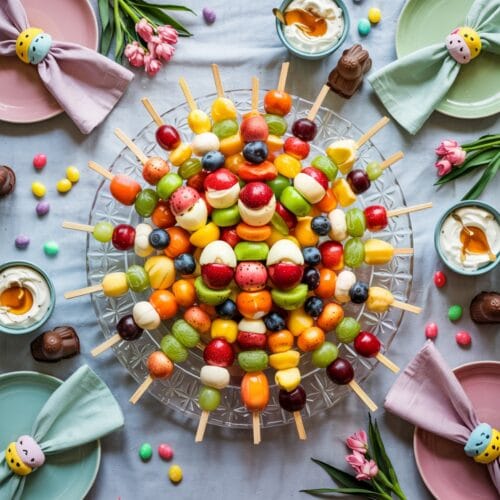
Easter Egg Fruit Skewers
Ingredients
- 1 pineapple peeled and cored
- 2 mangoes peeled and pitted
- 1 cantaloupe or honeydew melon
- 2 kiwis peeled
- 1 pint strawberries stems removed
- 1 cup blueberries
- 1 cup red or green grapes
- 1 cup blackberries
- Optional: 1 dragon fruit for exotic pink/white contrast
Optional yogurt dip
- 1 cup vanilla Greek yogurt
- 1 tablespoon honey
- ¼ teaspoon cinnamon
Instructions
- Prep your workspace. Clear a large cutting board and lay out your skewers. If using wooden skewers with sharp ends, you might want to snip those points off for kid safety.
- Prepare your fruits. Wash all fruits thoroughly and pat dry. The drier the fruit, the better it will stay on the skewers.
- Cut fruits into egg shapes. This is where you channel your inner fruit artist:– For strawberries: Cut in half lengthwise.– For kiwi, mango, and pineapple: Cut into oval/egg shapes about 1-inch thick.– For melon: Use a melon baller for perfect spheres, or cut into egg-shaped chunks.– Blueberries, grapes, and blackberries can be left whole.
- Start building your "eggs." Thread different fruits onto each skewer, alternating colors for maximum visual impact. Aim for 4-5 pieces per skewer, leaving a little handle room at the bottom.
- Create patterns. For extra Easter vibes, try creating patterns on each skewer:– Stripe pattern: Alternate two colors (like strawberry and pineapple).– Rainbow pattern: Arrange fruits in color order (red, orange, yellow, green, blue/purple).– Ombré effect: Go from light to dark with similar colors (like yellow pineapple to orange mango to red strawberry).
- Prepare the dip. If using, mix the Greek yogurt with honey and cinnamon in a small bowl until smooth. A little lemon zest here is lovely too.
- Arrangement is everything. On a large platter, arrange the skewers so they fan out in a circular pattern, or line them up in rows like eggs in a carton. If you're feeling extra, place some decorative Easter grass underneath.
- Serve immediately or cover carefully with plastic wrap and refrigerate until ready to serve, up to 4 hours ahead.
Notes
- Stability matters. Start each skewer with a firmer fruit piece that won’t split easily.
- For younger kids, use shorter skewers or popsicle sticks with the points trimmed off.
- To keep cut fruits from browning (especially bananas if you use them), toss them with a little lemon juice.
- If you’re making these ahead, avoid fruits that oxidize quickly like apples and bananas.
- For an adult version, try brushing the finished skewers with a mixture of honey and a splash of your favorite liqueur.
- To make these more substantial, add cubes of pound cake or mini marshmallows between fruit pieces.
- Melon purchasing tip: Choose melons that feel heavy for their size and have a sweet aroma at the stem end.
Calories & Nutritional Info
- Calories: Approximately 80-100 per skewer (without dip)
- Protein: 1-2g
- Fat: <1g
- Carbs: 20-25g
- Fiber: 3-4g
- Sugar: 15-18g (all natural from fruit)
- Vitamin C: 60% of daily value
- Vitamin A: 15% of daily value
- Potassium: 8% of daily value
- Antioxidants: Abundant (varies by fruit selection)
Common Mistakes to Avoid
- Using underripe fruit. Nothing ruins these like hard, sour fruit. Make sure everything is ripe but firm.
- Making them too far in advance. Some fruits start to release juice and get soggy after a few hours. Four hours ahead is about the max.
- Overcrowding the skewers. Leave a little breathing room between fruit pieces for the most attractive presentation.
- Forgetting to dry the fruit. Wet fruit slides around and doesn’t stay put on the skewers.
- Using fruits that brown quickly like apples or bananas without treating them with lemon juice.
- Making the pieces too large. Aim for bite-sized pieces that don’t require too much effort to eat off the skewer.
- Using all the same color. The visual appeal comes from the variety, so mix it up!
Alternatives & Substitutions
- Seasonal adaptations: Use whatever fruits are in season and look best at your market.
- For tropical vibes: Use pineapple, mango, papaya, and kiwi.
- Berry focused: Strawberries, blackberries, blueberries, and raspberries.
- Budget-friendly version: Stick with apples, bananas, oranges, and grapes (just toss the apples and bananas in lemon juice).
- Dip alternatives: Chocolate fondue, caramel sauce, or fruit dip made with cream cheese and marshmallow fluff.
- Color themes: Create pastel egg skewers with lighter colored fruits like golden kiwi, white peaches, and green grapes.
- Kebab style: Alternate fruit with cubes of cheese for a more substantial snack.
- Chocolate drizzle: For a more dessert-like treat, drizzle finished skewers with white or dark chocolate.
FAQs
How far in advance can I make these?
For best results, prepare them no more than 4 hours before serving. Cover with plastic wrap and refrigerate. Some fruits (like strawberries and pineapple) hold up better than others if you need to make them further ahead.
How do I keep the fruit from sliding off the skewers?
Make sure to thoroughly dry the fruit after washing. Also, alternating larger pieces with smaller ones (like blueberries) can help keep everything in place. For extra security with slippery fruits, you can skewer them at a slight angle rather than straight through.
Can I use canned fruit if fresh isn’t available?
Fresh fruit works best both visually and texturally, but in a pinch, you can use well-drained canned fruits like pineapple chunks or mandarin oranges. Just be even more gentle when skewering them.
What’s the best way to transport these to a gathering?
Place the skewers in a shallow container with sides, like a baking dish, and cover carefully with plastic wrap without pressing down on the skewers. Refrigerate until the last possible moment before transport. For longer journeys, consider placing the container in a cooler with ice packs.
How can I get my kids involved in making these?
Let kids help with arranging the pre-cut fruit onto skewers (use the duller end of the skewer for safety). They can also help mix the yogurt dip or design patterns for the “eggs.” It’s a great way to teach them about different fruits and colors.
Are there any fruits I should definitely avoid?
Very soft fruits like ripe peaches or overripe bananas tend to fall apart. Very juicy fruits like watermelon can make the skewers drippy, though they’re still usable if you don’t mind a little mess.
Can I use these as part of an Easter egg hunt?
What a fun idea! For an egg hunt, I’d suggest making mini versions with shorter skewers and placing them in small cups or egg cups hidden around the yard or house. Just be mindful of temperature if they’ll be sitting out for a while.
Final Thoughts
These Easter Egg Fruit Skewers are proof that holiday treats don’t have to be complicated or sugar-laden to be special. They’re a breath of fresh air on holiday tables typically dominated by heavy foods and sweets. The vibrant colors and fun presentation transform ordinary fruit into something festive that both kids and adults will reach for. Plus, they’re so simple to make that you can easily delegate the task to older kids or that relative who always asks how they can help but you’re afraid to give them anything too complicated. So grab those skewers, break out the fruit, and get ready for the rare joy of watching healthy food disappear as quickly as the chocolate bunnies!

